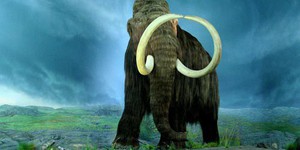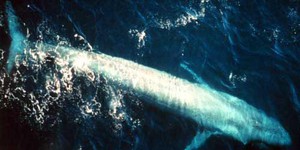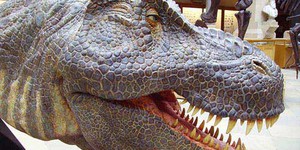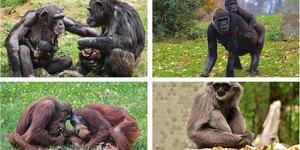Phylogenetic analysis of pathogens (lecture - part 1)
Log In
Want to learn more? Check out these other resources:
Area of Science
What traits are heritable? How different is your DNA from a frog's, a mouse's or even your relative's? Can your genes tell doctors what is the right dose of a medicine for your body? These are the types of questions scientists are answering with genetics and genomics. By studying individual genes as well as genomes, the whole set of DNA belonging to an organism, scientists hope to get a more complete understanding of how our bodies work and develop better disease treatments.
Read more
Woolly mammoths shook the ground of ice-age tundras for millennia, living next to saber tooth tigers and prehistoric man. Although they have been extinct for thousands of years, scientists continue to learn more and more about this mighty animal. Some of the most exciting new research is being produced by looking at DNA extracted from the hair and bones of woolly mammoths entombed in ice. In this genomics science fair project, you will use bioinformatics tools to determine the woolly mammoth's…
Read more
The first land animals took their tentative steps out of the ocean and onto solid ground around 365 million years ago. Over millions of years, these early ancestors developed into tetrapods, including amphibians, reptiles, dinosaurs, birds, and mammals. Then, around 50 million years ago, the reverse process occurred: the mammalian ancestor of today's whales returned to the ocean. In this genomics science fair project, you will use mitochondrial protein sequencing to trace the evolution of…
Read more
Believe it or not, scientists were recently able to recover tissue from a 68-million-year-old Tyrannosaurus rex fossil! Not only were they able to purify non-mineralized tissue, but they also succeeded in obtaining partial sequence information for protein molecules in the T. rex tissue. In this genomics science fair project, you will use the T. rex's protein sequence to search sequence databases for the its closest living relatives.
Read more
You have probably seen figures showing how human beings are related to chimpanzees, gorillas, and other primates. In this genomics science fair project, you will use bioinformatics tools to generate your own primate family tree.
Read more
Explore Our Science Videos
DIY Mini Drone Part 4: Program Drone Steering with Arduino
Robotics Engineering Project: Use the Force! Push and Pull LEGO® Mindstorms® Robots
Make a Homemade Fly Trap










